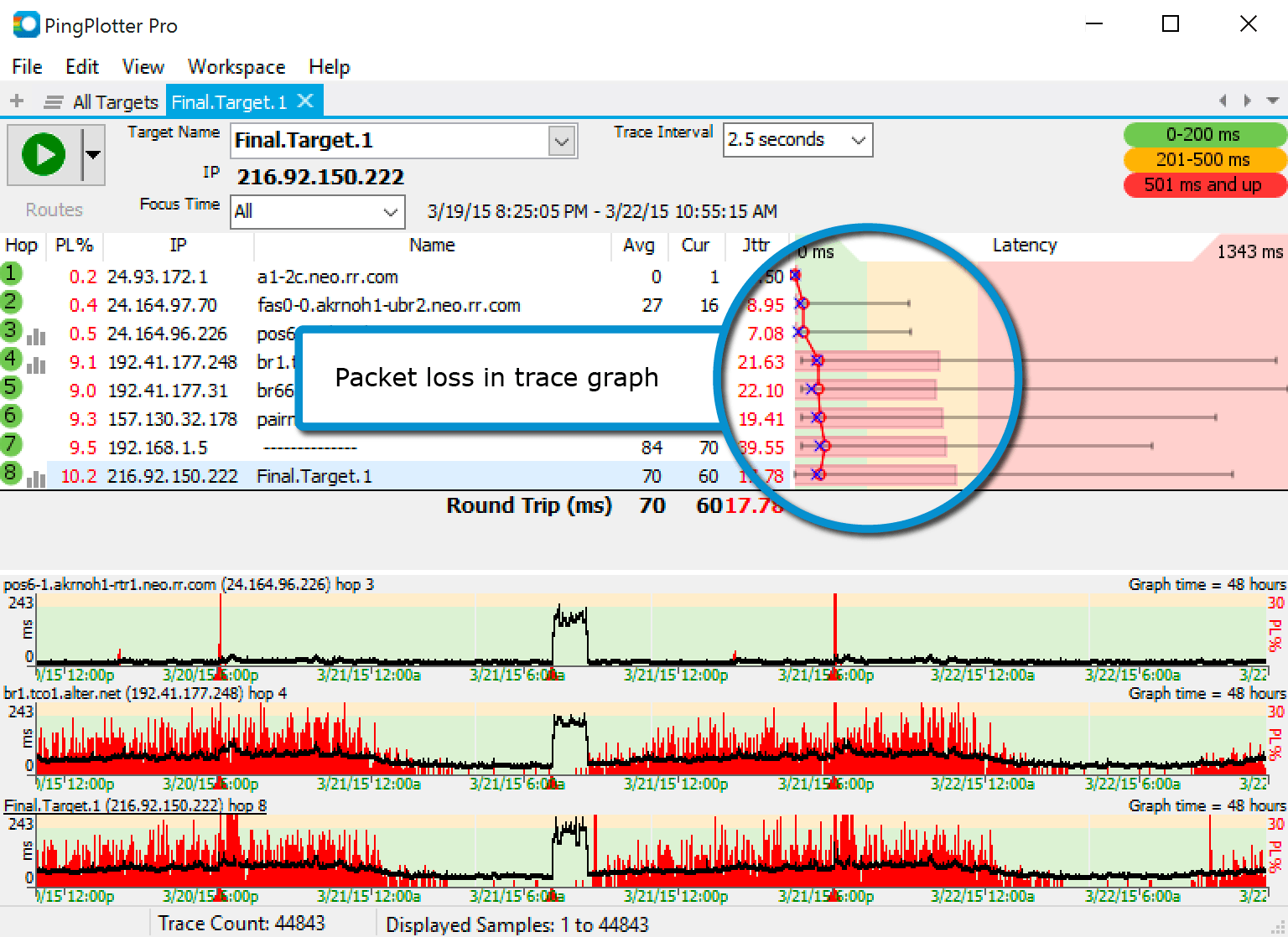
ICMP echo request (ping) message sent by the tracert program.

Provided with Windows does not allow one to change the size of the

The tracert program (used for our ICMP Wireshark lab) We’ll want to run traceroute and have it send datagrams of various Traceroute can learn the identities of the routers between itselfĪnd destination X by looking at the source IP addresses in theĭatagrams containing the ICMP TTL-exceeded messages. TTL of 2 will cause the router two hops away to sendĪn ICMP message back to the sender the datagram sent with a TTL ofģ will cause the router three hops away to send an ICMP messageīack to the sender and so on. TTL-exceeded message back to the sender the datagram sent with a Will cause the router one hop away from the sender to send an ICMP As a result of this behavior, aĭatagram with a TTL of 1 (sent by the host executing traceroute) The TTL reaches 0, the router returns an ICMP message (type 11 – Says that the router must decrement the TTL by at least one). Recall that a router mustĭecrement the TTL in each received datagram by 1 (actually, RFC 791
Pingplotter number of times to trace series#
It then sends a series of datagrams towards the same destination More datagrams towards the same destination with a TTL value of 2 Recall that traceroute operates byįirst sending one or more datagrams with the time-to-live (TTL)įield in the IP header set to 1 it then sends a series of one or

Use the traceroute program to send datagrams of different sizes In order to generate a trace of IP datagrams for this lab, we’ll Capturing packets from an execution of traceroute


 0 kommentar(er)
0 kommentar(er)
